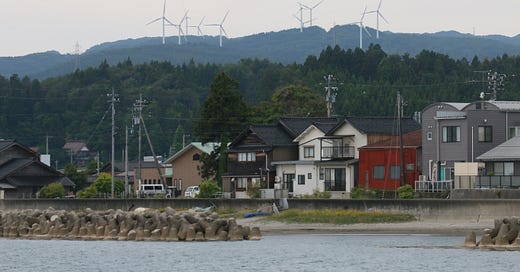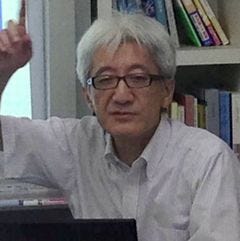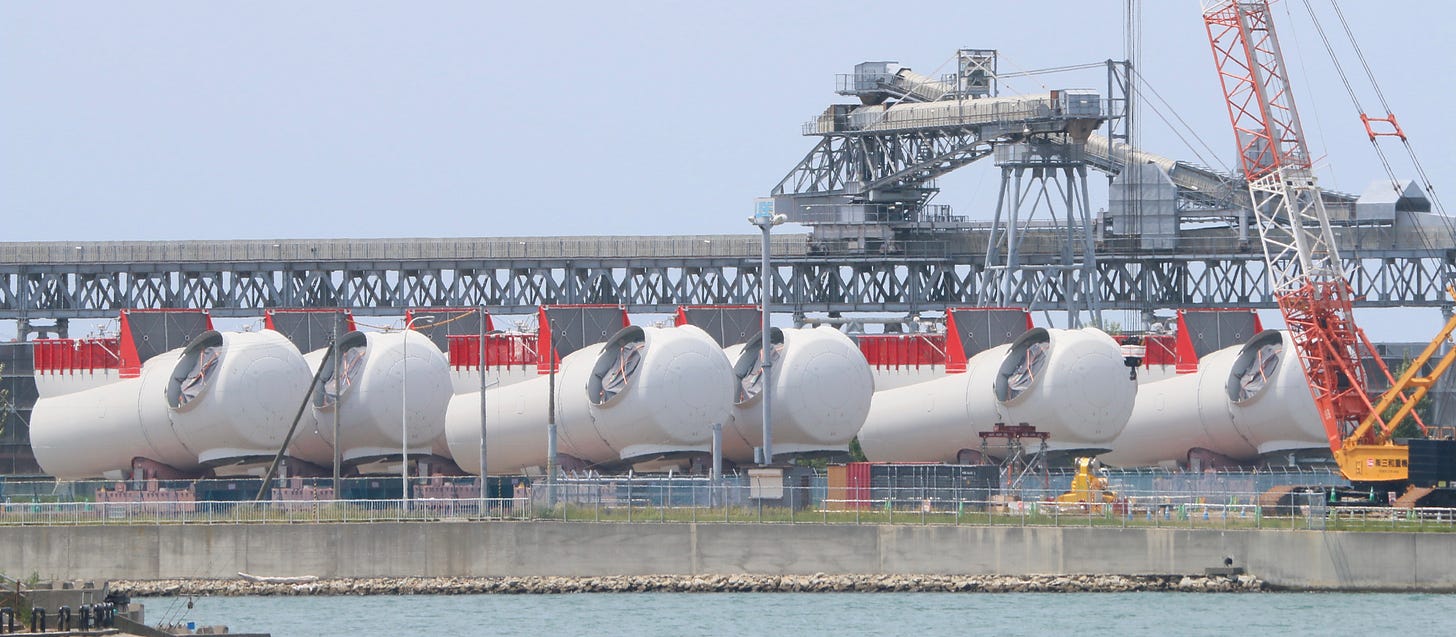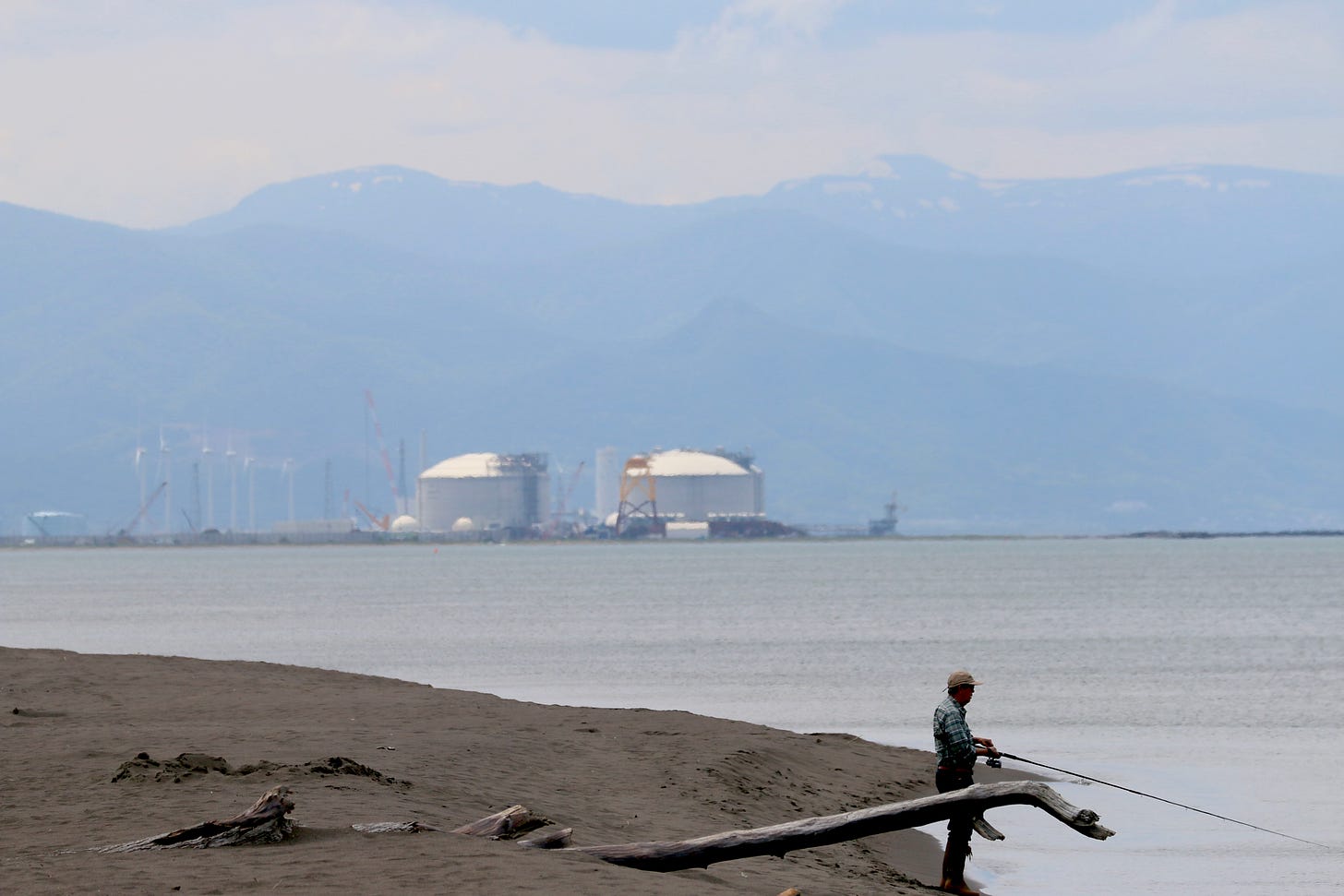In Japan, Lessons from the Wind
As the industry gets started at scale, the experience of Toru Suzuki should be heeded.
Today the Energy Adventure arrives in Japan, a country I called home for almost a decade. I recently returned for more than a month, the longest stretch since concluding a stint living and working in Tokyo in early 2001.
Before diving in, some developments of note:
I’ve compiled all of my India energy adventure posts into an easier-to-visualize, interactive map. Check it out here.
My reporting in Japan has yielded two stories for Cipher, where I’m now covering the energy transition as senior global correspondent (sign up at the link!). Those stories look at Japan’s controversial plan to make up for lost time on decarbonization and the country’s ambitions for offshore wind energy to either supplement or potentially even one day dominate those plans, depending on who you ask.
Cipher has big plans over the coming months and years. Under the leadership of Amy Harder, and alongside the top notch team, we’re soon launching a full-scale web site.
I’ll be heading to COP28, the global climate summit in the United Arab Emirates, this November to cover what looks to be a watershed moment for climate diplomacy. More thoughts on that to come on this blog, as well as stories on Cipher. Meanwhile, check out my Cipher interview with the Director General of the upcoming COP28, Majid Al-Suwaidi, a key lieutenant to COP28 president-designate Sultan Al Jaber (who I wrote about earlier this year in Climate and Capital Media). Covering this COP will be especially fascinating. I’ve followed the key players — especially Al Jaber, but also many others who have come into prominence as part of Abu Dhabi’s rise on the global stage over the past two decades.
I’m planning several posts in the coming weeks about my trip to Japan. Generally, posting will be more sporadic than in the past, often building on work I’ll be doing for Cipher. But I hope followers will find The Energy Adventure(r) a worthwhile way to sometimes go a little more in-depth and inject additional insight and observations, as well as post photos from my travels.
With that, let the adventure continue….
Read to the bottom of my Cipher story on the emerging potential of wind energy to reshape Japan’s energy profile and you will meet Toru Suzuki.
Suzuki founded the Hokkaido Green Fund back in the 1990s, laying something of a foundation for wind power in Japan. In the process, he’s underscored one of the biggest challenges in trying to accelerate the energy transition: actively engaging communities and consumers used to passively receiving their power.
Suzuki grew up in a rural corner of Japan’s northernmost island. He was driving a delivery truck for a local food co-op in the late 1980s when the Chernobyl nuclear disaster occurred. Even back then, before the Fukushima nuclear disaster in 2012, Japan of course had had a long, ambivalent relationship with all things nuclear. Air and water pollution from coal mining and power generation were also receiving more attention.
It struck Suzuki that the co-op he was working for provided a way for members of the local community to procure safe and healthy food. Something similar should exist for energy, he concluded.
“I tried to think of a safe, cooperative way to get energy,” he told me.
Suzuki hit on the then nascent wind industry as the solution. Not only was wind power cleaner and safer, the source of the power, the windmills themselves, could be built in local communities — by the local communities themselves. Working with the local utility, the Hokkaido Green fund raised money from willing residents to make them investors in wind projects. They received a financial dividend as well as the benefits of the cleaner, healthier energy. The fund has financed the construction of dozens of projects and hundreds of wind turbines, in Hokkaido and elsewhere in Japan.
“I felt like we needed a way that could also change society,” he said.
From inception, the fund has sponsored education about renewable energy in local schools and among community groups. It hosts contests where elementary school children choose names for the wind turbines in their communities. The aim is to create active energy consumers and engaged communities that view power less like the air we breathe — just there, through no particular effort — and more like a product that delivers benefits shaped by customer desires and community needs.
To one extent or another, that tension exists everywhere the energy transition is playing out: We’re moving away from an energy system driven by few and passively received by many, toward a system driven by many and actively consumed by many, many more. We’re moving away from a system that insulates electricity and fuel provision from choices and preferences, toward one propelled by evolving community needs and consumer preferences.
I’m tempted to compare it to the industry I’ve worked in my whole career: media, which was once bestowed upon us in the one-size-fits-all form of newspapers and television broadcasts. Now it comes to order in all preferred shapes and desired sizes, so to speak. It’s consumption through engagement, which calls for responsive providers.
The wind industry — and renewable power industry in general — may have outgrown Suzuki’s community investor model. The sums of money needed to build at the necessary scale are simply too large now. But the need for energy provision that’s far more responsive to consumer and community needs is greater than ever.
That’s because the challenges we face at this stage of energy transition are more political and social than they are technical or financial. I wrote about this in a previous post. These challenges are reflected in the wrangling over permitting and regulation of energy projects in the U.S. and Europe, the bitter debates about so-called social investing (a.k.a., ESG) and the battles over subsidies to both clean energy and fossil fuels.
I could feel these forces at work in Japan when I met with a trio of citizen activists opposed to wind energy — they managed to deep-six at least one project in Hokkaido already — and the local fishermen’s association, which remains wary of plans for large offshore wind installations in waters where they work. And in the country’s reluctance to move away from its import dependent, oil, gas and goal energy infrastructure. (For more on this, check out the work of Walter James on his Substack, Power Japan.)
The key to breaking these political and social log jams lies in delivering real world benefits — both at the national and corporate level as decarbonization and to local communities in the form of tax revenues, jobs as well as cleaner air and water.
“The most important thing is that the project is accepted by the local community,” he said. “It all starts there.”








Thanks for outpointing this interesting research, as well as underscoring there’s more work to be done with local fisheries in Japan to assure they view offshore wind projects as beneficial. I talked with several industry associations from the fisher community in Hokkaido, and they remain wary of offshore wind projects. But it’s notable that they aren’t opposing them, either. They’re waiting to see how these play out and still need to be sold on them.
Companies planning to build large offshore wind farms may need to adopt a model similar to agreements between local fishery cooperatives holding fishery rights for the waters impacted by power plant discharges and electric power operators that bought the fishery rights. The link is to a report that proposes an alternative approach. As you note, the developers need to communicate with the local communities and fishery coops to understand what the locals need and what the developers will need to do obtain the understanding and cooperation of the local communities.
https://www.jfir.or.jp/en/studygroup_article/3844/